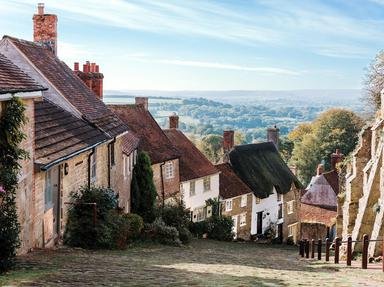Quiz Answer Key and Fun Facts
1. Norwich had the first-ever postcodes.
2. What are the "Norfolk Broads"?
3. What brand of mustard was manufactured at Norwich?
4. Norwich Cathedral has the second-tallest spire in England.
5. Carrow Road is the home of Norwich City Football Club. The home strip has been the same colour since 1908. What colour is the home strip?
6. Norwich Market is the largest open-air market in the country. About how many years has it been operating at the same site?
7. The Adam & Eve Pub is the oldest in Norwich.
8. London Street in Norwich is famous for what feat?
9. What hotel in Norwich claims to be the oldest hotel in the UK?
10. During medieval times, London was the largest city in England. Where did Norwich stand in the rankings?
Source: Author
Lord_Digby
This quiz was reviewed by FunTrivia editor
agony before going online.
Any errors found in FunTrivia content are routinely corrected through our feedback system.

